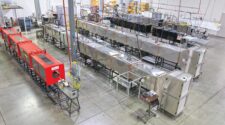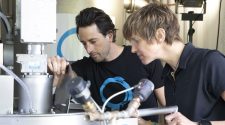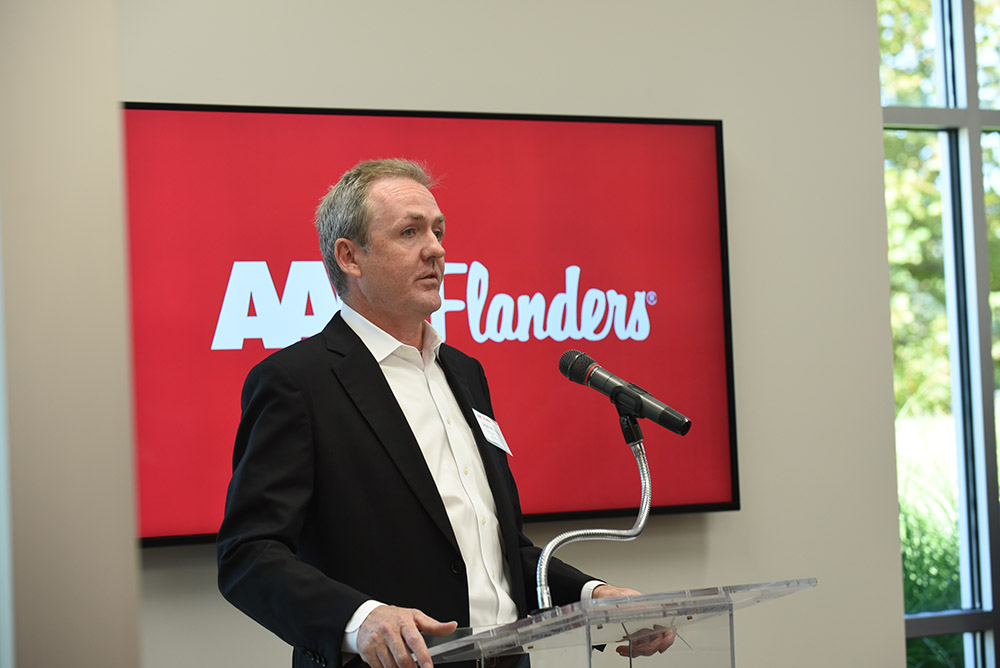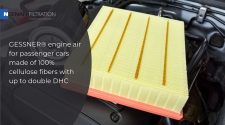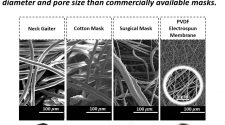Headquartered in East Walpole, Massachusetts USA, Hollingsworth and Vose is a global manufacturer of advanced materials used in filtration, battery and industrial applications. Family-owned for seven generations, the company’s origins go back to 1728 when an ”Act for the Encouragement of Making Paper” was passed by the General Court of the Province of Massachusetts Bay. Evolving continuously since that time, H&V now operates manufacturing and research & development facilities in the Americas, Europe, China and India.
When COVID-19 struck, Hollingsworth & Vose shifted focus to provide materials for N95 respirators, ventilators, medical gowns and hoods, and components for COVID-19 tests, as well as products for medical, industrial, residential and transportation filtration systems. Meanwhile, the company’s battery separators went to support medical equipment and contribute to backup power sources for emergency vehicles, hospitals and other facilities.
Today, more than 200 years since its inception, H&V’s mission continues to be focused on providing advanced materials contributing to a cleaner world through their use in products that provide clean air, clean liquids and energy storage. H&V’s materials can be found in filters for clean rooms, hospitals, computers, commercial buildings, homes, cars, trucks and heavy-duty equipment, and also in batteries used mainly in telecom and hybrid vehicle applications.
In this edition of IFN’s “Executive Q&A,” we interview Josh Ayer, Hollingsworth & Vose’s president and chief operating officer. Josh joined H&V in March 2009 as vice president and managing director for the Asia Pacific region, before serving in the same role for H&V’s Americas business. Previously, he worked for SABIC, formerly GE Plastics, where he was a global product manager. Josh’s experience includes sales, marketing and general management with industrial manufactured products for American Cyanamid, Troy Biosciences, and Universal Electronics.
Matt Migliore: As a multi-national company with a leading portfolio in filtration media, Hollingsworth & Vose has a long and storied history since its founding in 1728. How has the company evolved over time to reach its current position as a leader in the filtration space? What do you see as the key pivot points in the company’s history from a filtration perspective?
Josh Ayer: I think it’s always been key for us as a company to keep innovation at the forefront of what we do. That is what has allowed us to evolve and thrive for so long.
Our history also demonstrates two of the company’s greatest strengths – the foresight to see how market needs will change, and the ability to innovate in order to meet them. A great example of that is how we’ve responded to the COVID-19 pandemic, pivoting to make sure we were meeting our customers’ filtration needs, while also doing what we felt like was our part for the greater good.
Throughout our history, it’s innovation that has marked our pivot points, whether that’s inventing manilla paper in 1843 or electrical insulating paper in 1890, developing new HEPA filter media during World War II, or becoming a leading supplier of automotive start-stop battery separator material just a few years ago.
As to where we are now, our global presence really plays a role in our position as a leader in the space. Our footprint – including 13 R&D and manufacturing facilities around the world, including in India and China – enable us to partner with our customers efficiently and cost-effectively.
Matt Migliore: Hollingsworth & Vose recently announced several distribution partnerships, with I.W. Tremont and Superior Felt & Filtration, to expand the reach of the Trupor microporous filter media both in the U.S. and globally. What can you tell us about these partnerships and why they are important for H&V and its Trupor filtration technology?
Josh Ayer: We are really excited about these partnerships with I.W. Tremont and Superior Felt & Filtration because there are such great opportunities in many applications for our Trupor microporous liquid filter media. By way of background, Trupor enables enhanced flow compared to traditional membranes, which improves the ability to filter novel liquid filter streams. Our patented microporous filter media provides outstanding uniformity, amazing flow characteristics and real membrane reliability. Trupor makes water cleaner, bioprocess products safer, semiconductor products cheaper and industrial processes more efficient. Industries depend on microfiltration to develop new products and ensure consistent delivery of critical products.
We have had a very successful partnership with Superior Felt & Filtration for more than 20 years, and with I.W. Tremont for more than 30 years. So, it just made sense to work with them again on Trupor, given their deep specialty filtration, medical and diagnostic and analytical expertise.
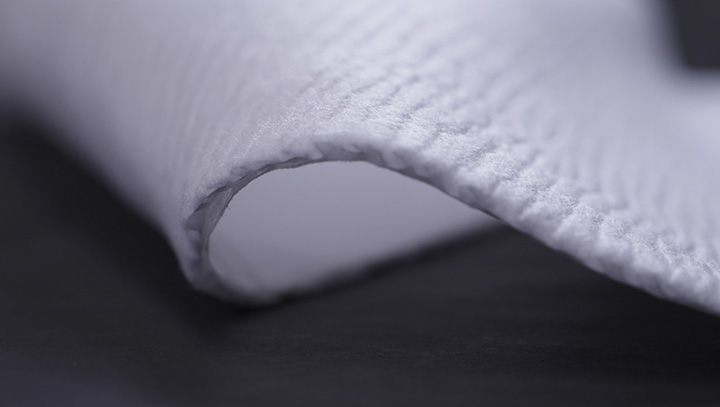
Matt Migliore: The COVID-19 pandemic has certainly thrust the filtration industry into the spotlight, and that has presented challenges and opportunities for the industry. How do you see the COVID-19 pandemic as a “moment” for the filtration industry? What can you say about the challenges and opportunities the pandemic has presented from H&V’s perspective, or the industry as a whole?
Josh Ayer: I think the pandemic really has been a moment for the entire filtration industry. Before COVID-19, the industry was in a pretty good place. There was a wide range of interesting markets, lots of demand for increased performance requirements that really kept us not only busy, but continually innovating as well. When COVID hit, the biggest challenge was, of course, the capacity constraints we faced industry wide. The word “unprecedented” has lost much of its impact these days, but that’s really the kind of situation we were facing. Thankfully, the nonwovens industry worked together to boost production and prioritize medical needs.
For H&V, as a global manufacturer of advanced filtration and battery separator materials at the front of the supply chain, we had been working for years developing the leading technology platforms at the heart of critical needs filtration solutions for cleanrooms, hospitals, residential, commercial and industrial buildings, heavy-duty equipment and more. When the pandemic hit, we shifted our focus to “people protection” and prioritized the expanded production of materials for respirators, ventilators, medical gowns and hoods, and components for COVID-19 tests. Our battery separators went to support medical equipment and contribute to backup power sources for emergency vehicles, hospitals and other facilities.
I’m really proud of how H&V and our employees have responded to the pandemic, and it was an honor to have our COVID response efforts recognized by the Associated Industries of Massachusetts when they honored us with their 2021 AIM Next Century Award.
For better or worse, I think we’re still going to be focusing on pandemic-related demand for the near future. That means steady demand for filtration media as consumers continue the fairly widespread use of masks and governments stockpile for the future. Filtration also plays a significant role in vaccine development, which requires microfiltration. Strict regulatory expectations will likely continue to push filter media development to new levels.
Matt Migliore: With the pandemic still impacting world markets, perhaps this is a bit of an obvious question in the near term, but what do you see as the most important/interesting market segments for filtration going forward – as we look out beyond what will hopefully be the end of the COVID-19 pandemic as we know it today?
Josh Ayer: For better or worse, I think we’re still going to be focusing on pandemic-related demand for the near future. That means steady demand for filtration media as consumers continue the fairly widespread use of masks and governments and corporations stockpile for the future. Filtration also plays a significant role in vaccine development, which requires liquid microfiltration and pharmaceutical cleanrooms. Increasing expectations and regulations for Indoor Air Quality (IAQ) will likely continue to push innovation in filtration solutions.
Out a little farther though, I think there are some important market segments that have been developing for a while, driven largely by consumer awareness, governmental regulations and voluntary corporate environmental policies that are accelerating demand for advanced filtration systems. There’s an increasing appreciation and awareness from consumers for clean energy, clean air, and clean water.
Matt Migliore: From a technology perspective, what do you see as the attractive areas for innovation in the filtration space? What are the filtration technology categories that H&V is currently involved in or otherwise where you see an opportunity for and/or innovation currently happening?
Josh Ayer: We see a lot of opportunity in synthetic media composites, for example, by designing individual filter media layers into an advanced multi-function composite filter media. We’re also looking at the potential to combine the benefits of different nonwovens technologies to make a high-performance solution capable of filtering an array of contaminants (fine particulates and the adsorption of gasses) or enabling highly specialized separation (e.g., Bio-pharma mRNA vaccines).
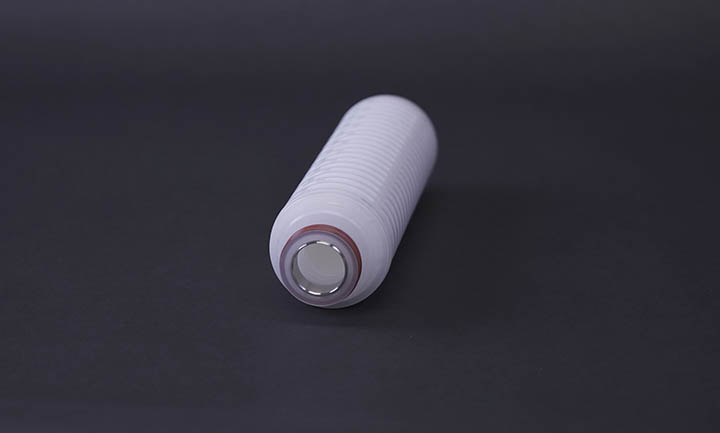
Matt Migliore: Looking 10-15 years into the future, what do you see as the primary trends that will drive the filtration market going forward? Is there a specific aspect of the filtration market that you are particularly excited about?
Josh Ayer: As I touched on earlier, I think expanding public awareness about the importance of air and water quality, and “sustainability” in general, will drive a lot of the future growth opportunities for the filtration market. The trend toward healthier buildings – LEED standards, for example – is likely to continue and drive demand from the public. Transportation will be a significant market, as it has been for years. Filtration will continue to play a huge role as we continue to move toward more efficient cars, hybrids and EVs.
Similarly, strides are being made in the home HVAC space and will only continue in the future. As HEPA levels of filtration increasingly become associated with long-term health, growth will continue for filtration in public buildings, private homes, vehicle cabins and beyond. H&V is developing new filtration solutions that provide better air quality with lower energy consumption.
In short, the demand for filtration in the future may evolve, but it’s not going away.
Matt Migliore: Is there anything about Hollingsworth & Vose and/or your perspective on filtration applications and/or technology that we haven’t touched upon here that you feel is important for our readers to know?
Josh Ayer: I would just add that we are excited about 2022 and the future. The pandemic has challenged us, as it has everyone else, but we’re proud of how our people stepped up in response. We’ll continue to grow through innovation while also digging in to our commitment to sustainability, inclusion and to supporting the communities we work in around the world. And we won’t stray from our mission of creating a cleaner, healthier, more sustainable world.


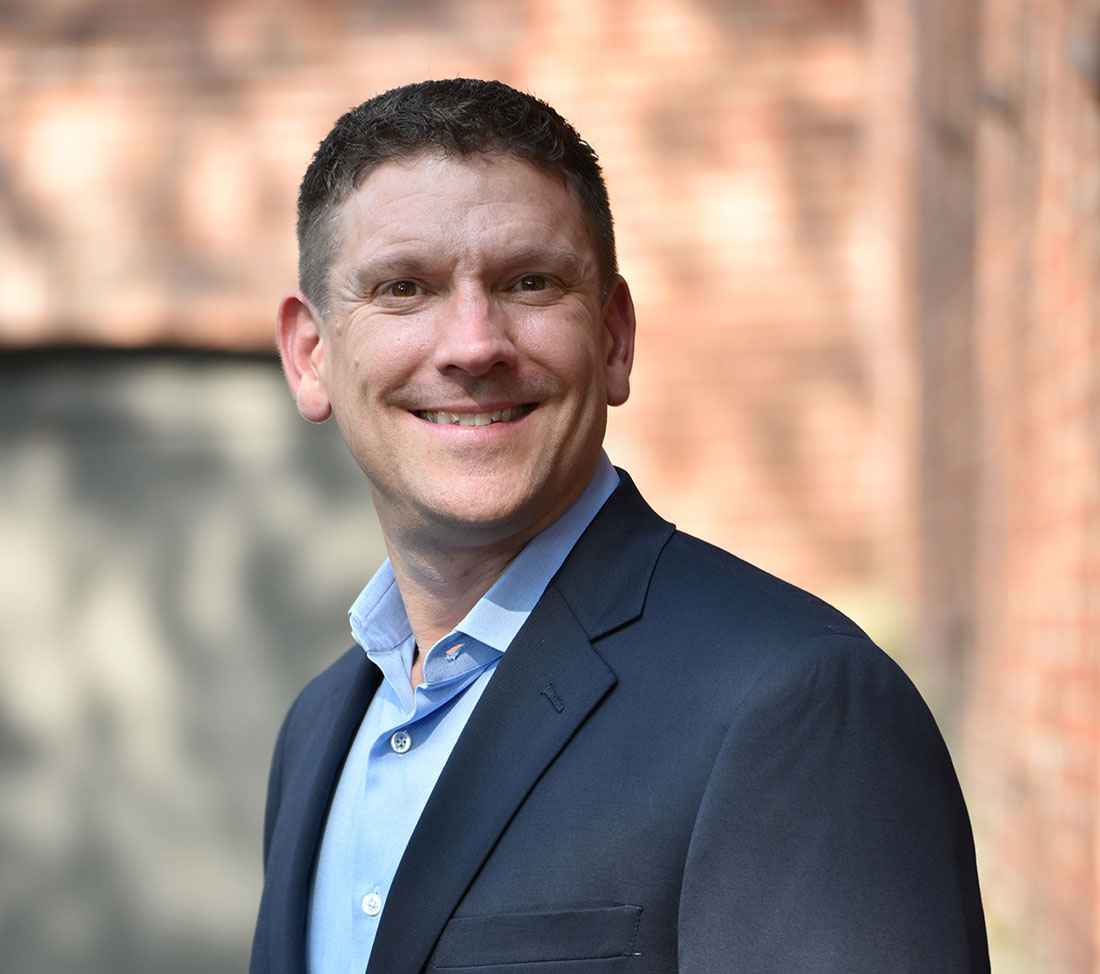
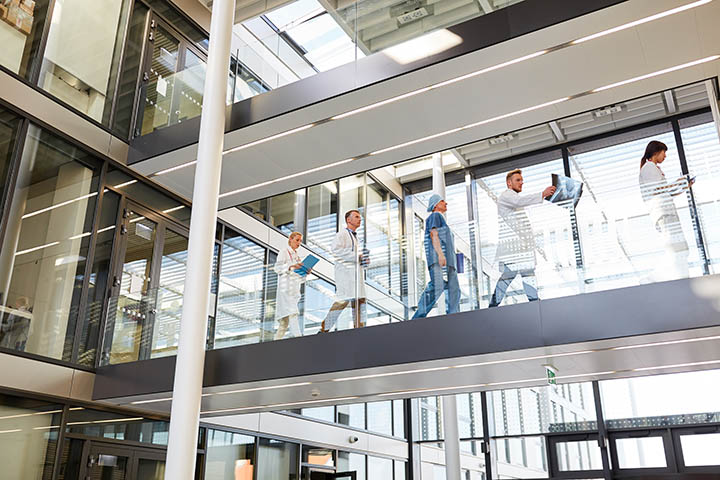
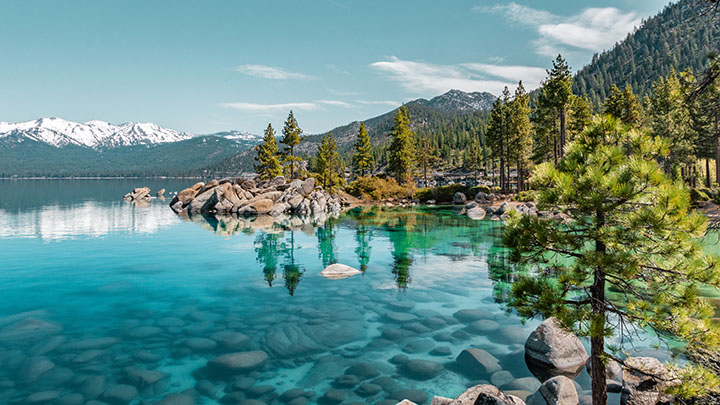
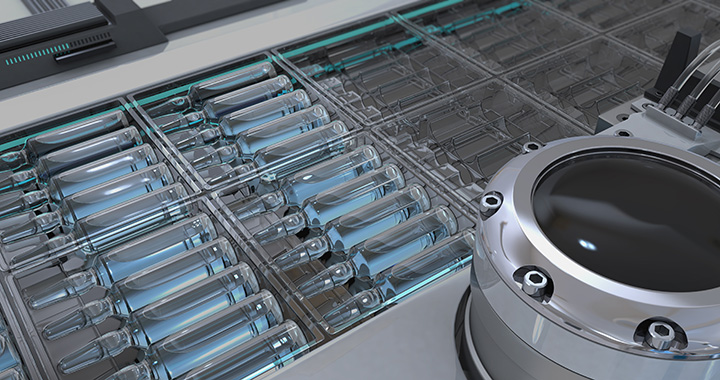
![Figure 1: Heat Exchanger Proventics GMBH.[22]](https://www.filtnews.com/wp-content/uploads/IFN_2_2024_crimpedmicrofiberyarns_Fig.-1-Heat-exchanger-225x125.jpg)


